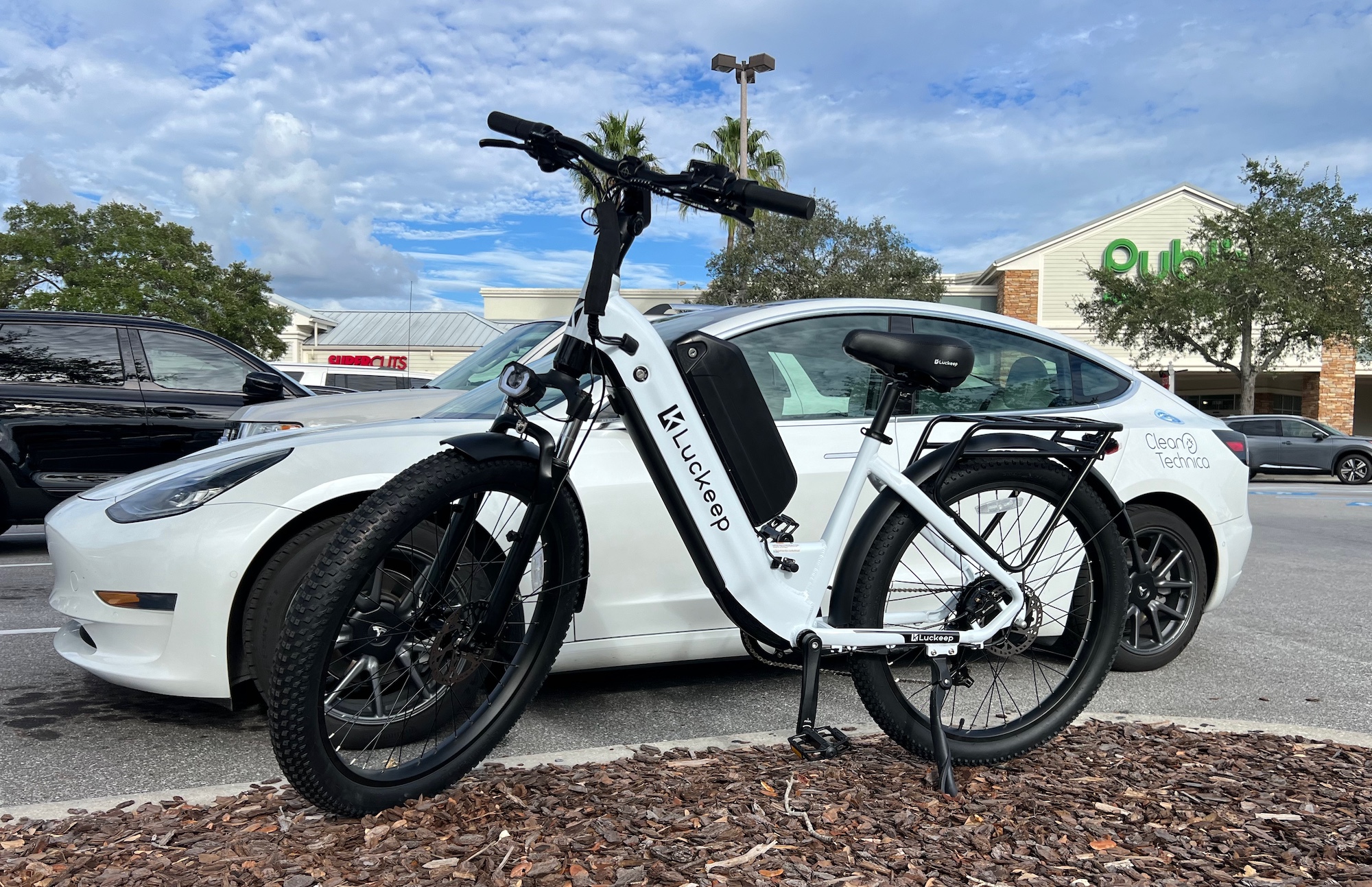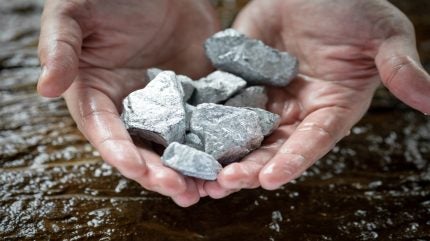Sign up for daily news updates from CleanTechnica on email. Or follow us on Google News!
New Collaboration Balances Sustainability and Profitability of Lithium-Ion Battery Recycling
In our pursuit of sustainable energy solutions, the environmental and supply chain impacts of the lithium-ion batteries that power electric vehicles should not be overlooked. While researchers around the world are determined to increase the lifetime value of batteries with breakthrough designs, recycling techniques, and reuse applications, these technological advancements may have unintended consequences elsewhere in the battery life cycle.
Currently, the most eco-friendly battery designs are also the least profitable to recycle. Enter a new collaboration between the National Renewable Energy Laboratory (NREL) and ACE Green Recycling (ACE), which aims to develop and optimize recycling techniques that will bridge the gap between sustainability and profitability, specifically for lithium iron phosphate (LFP) batteries. Funding for this research was provided by the Department of Energy’s Vehicle Technologies Office through the ReCell Center.
“Current hydrometallurgical recycling methods focus on extracting high-value materials from LFP batteries, such as lithium and copper,” said Andrew Colclasure, who leads NREL’s battery materials development and modeling research. “To encourage a more holistic approach to recycling, we must demonstrate efficient processes that also recycle low-value materials such as graphite and iron phosphate into commercially viable products. We look forward to working alongside our industry partners to advance low-cost recycling technologies to make the process more economical and environmentally friendly.”
Updated Battery Designs Signal Future Challenges for Recyclers
The lithium nickel manganese cobalt oxide (NMC) batteries historically favored by automakers use expensive and supply-constrained critical materials, including cobalt, nickel, and lithium. Concerns about material availability, ethical sourcing, and costs have prompted numerous automakers to transition to cobalt- and nickel-free LFP batteries. As a result, LFP batteries increased from 6% of the lithium-ion battery market in 2020 to 27% in 2022 (International Energy Agency).
The shift to LFP batteries may bring relief to the cobalt supply chain, but it also presents a challenge for battery recyclers, who target high-value critical materials for extraction. As a result, LFP batteries are currently less likely to be recycled, despite the increasing demand for graphite electrodes. Together, NREL and ACE hope to demonstrate methods to economically recycle materials, such as graphite, from LFP cathodes.
“By focusing on graphite now, we hope to strengthen the energy materials supply chain and avoid future scarcity,” Colclasure said. “To build a circular economy for electric vehicles, we must implement sustainable practices throughout the battery life cycle, and that includes recycling low-value materials.”
Collaboration Explores Economic Opportunities for LFP Battery Recycling
As part of this collaboration, NREL will use its capabilities in cell production, modeling, and analysis to assist ACE in evaluating commercialization of their propriety LFP recycling technology. Overall, the project aims to identify optimal recycling parameters for iron phosphate and graphite that will maximize performance and lifetime requirements of batteries made from recycled materials using ACE’s technology.
“We are excited to work with the talented team at NREL in our journey to commercialize our lithium-ion battery recycling technology and move toward a more sustainable domestic battery materials supply chain,” said ACE Green’s co-founder and chief technology officer, Vipin Tyagi. “Upcycling graphite can help meet the United States’ demand for graphite electrodes while deepening our technological and engineering leadership.”
Revolutionizing Battery Recycling at NREL
The growing transition to electric vehicles is a significant step toward decarbonizing transportation, but the road to a clean energy future will require efficient and sustainable recycling processes to mitigate the environmental impacts of lithium-ion batteries. NREL is spearheading battery recycling solutions with holistic and forward-thinking research, both on the leadership team for ReCell and through collaborations with industry experts.
Learn more about NREL’s energy storage research and sustainable transportation and mobility research. And sign up for NREL’s quarterly transportation and mobility research newsletter, Sustainable Mobility Matters, to stay current on the latest news.
By Rebecca Martineau. Article from NREL.
Have a tip for CleanTechnica? Want to advertise? Want to suggest a guest for our CleanTech Talk podcast? Contact us here.
EV Obsession Daily!
I don’t like paywalls. You don’t like paywalls. Who likes paywalls? Here at CleanTechnica, we implemented a limited paywall for a while, but it always felt wrong — and it was always tough to decide what we should put behind there. In theory, your most exclusive and best content goes behind a paywall. But then fewer people read it!! So, we’ve decided to completely nix paywalls here at CleanTechnica. But…
Thank you!
Tesla Sales in 2023, 2024, and 2030
CleanTechnica uses affiliate links. See our policy here.





